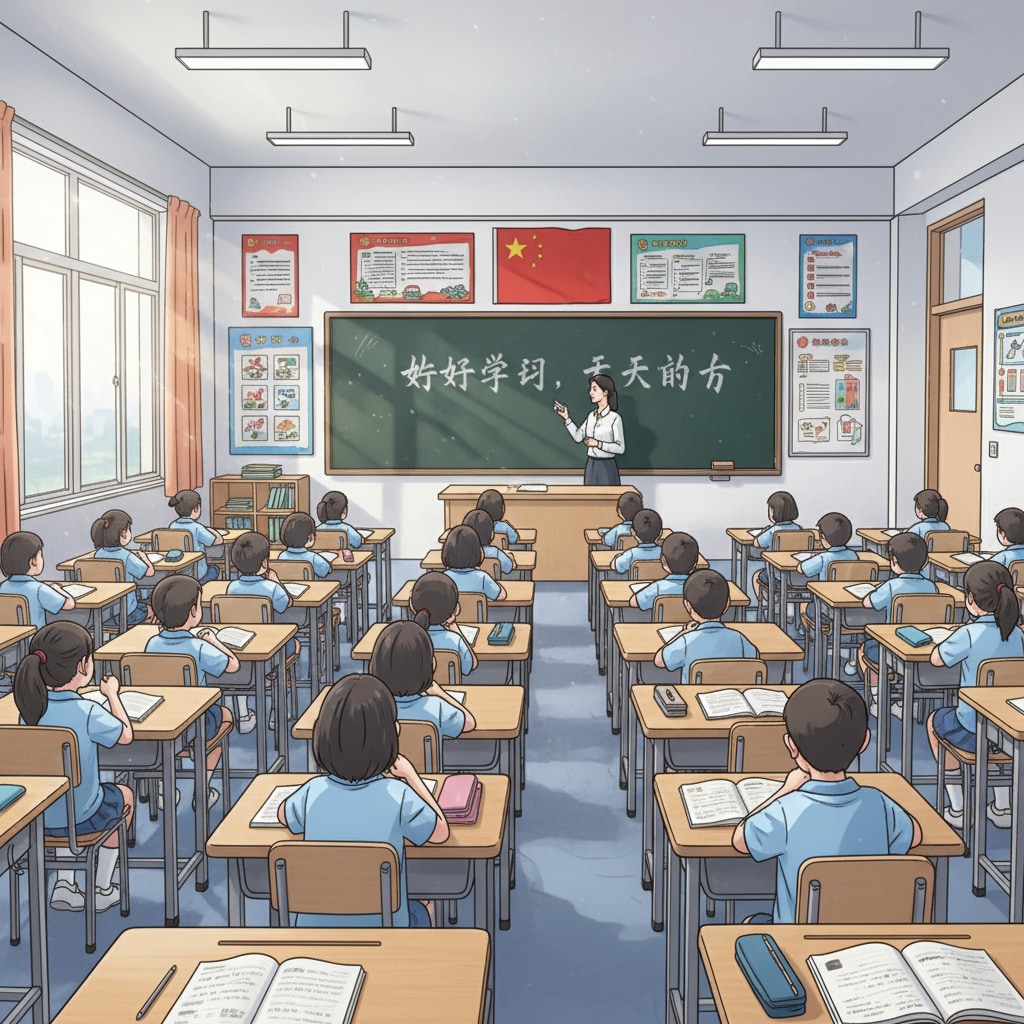The education systems in the United States and China have long been subjects of interest, each with its own unique characteristics. American education and Chinese education, as integral parts of the global educational landscape, exhibit distinct approaches in the K12 context. This article aims to dissect these differences and shed light on their implications.

Educational Philosophies
The educational philosophies in the US and China serve as the cornerstone of their respective systems. In the United States, the emphasis is often on individualism. The education system encourages students to explore their interests, develop unique talents, and think independently. For example, students have more flexibility in choosing elective courses, allowing them to pursue personal passions. As stated on Wikipedia’s page on Education in the United States, this approach aims to cultivate well-rounded individuals with diverse skills. On the contrary, Chinese education places a strong value on collectivism. It focuses on building a solid foundation of knowledge and instilling traditional values. The goal is to prepare students to contribute to society as a whole.

Teaching Methods
Teaching methods also vary significantly between the two countries. In American classrooms, interactive and inquiry-based learning are highly promoted. Teachers often act as facilitators, guiding students to discover knowledge through discussions, group projects, and hands-on activities. This method stimulates students’ creativity and problem-solving abilities. In contrast, Chinese classrooms typically feature more teacher-centered instruction. Teachers play a dominant role in imparting knowledge, ensuring students master basic concepts and skills. This approach, as described on Britannica’s entry on Education in China, helps students build a strong academic foundation. However, in recent years, China has also been incorporating more interactive elements into teaching.
Another aspect is the use of technology. In the US, educational technology is widely integrated into the curriculum, with students having access to various digital resources. In China, while technology is also being increasingly adopted, the focus is more on using it to enhance traditional teaching methods.
Readability guidance: As we can see, the teaching methods in American and Chinese education have their own merits. The American system promotes student engagement, while the Chinese system emphasizes knowledge acquisition. Both are adapting to the changing educational landscape.


